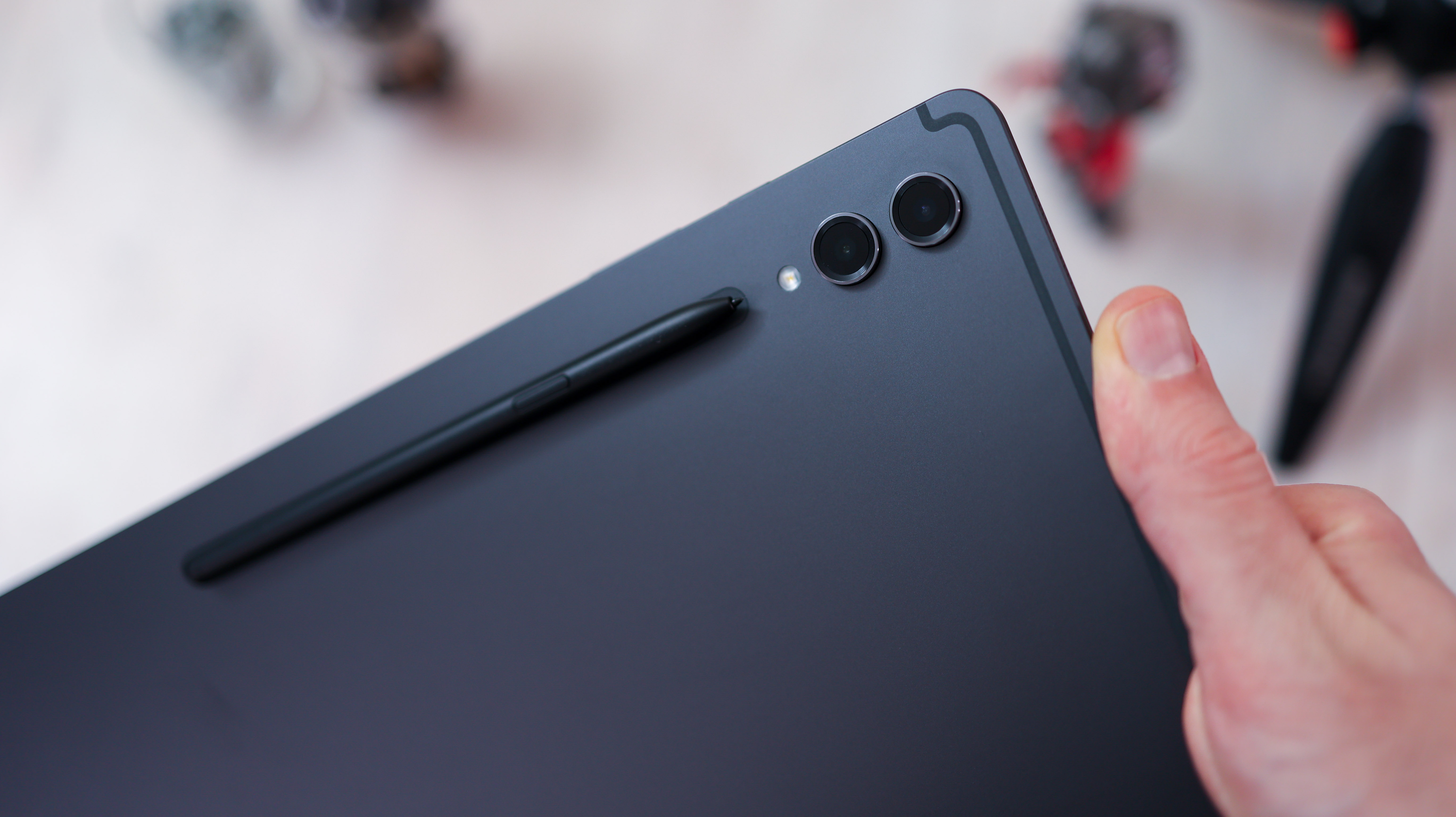The best zoom camera in 2025
Get up close and personal with distant subjects with our pick of the best zoom cameras you can buy right now
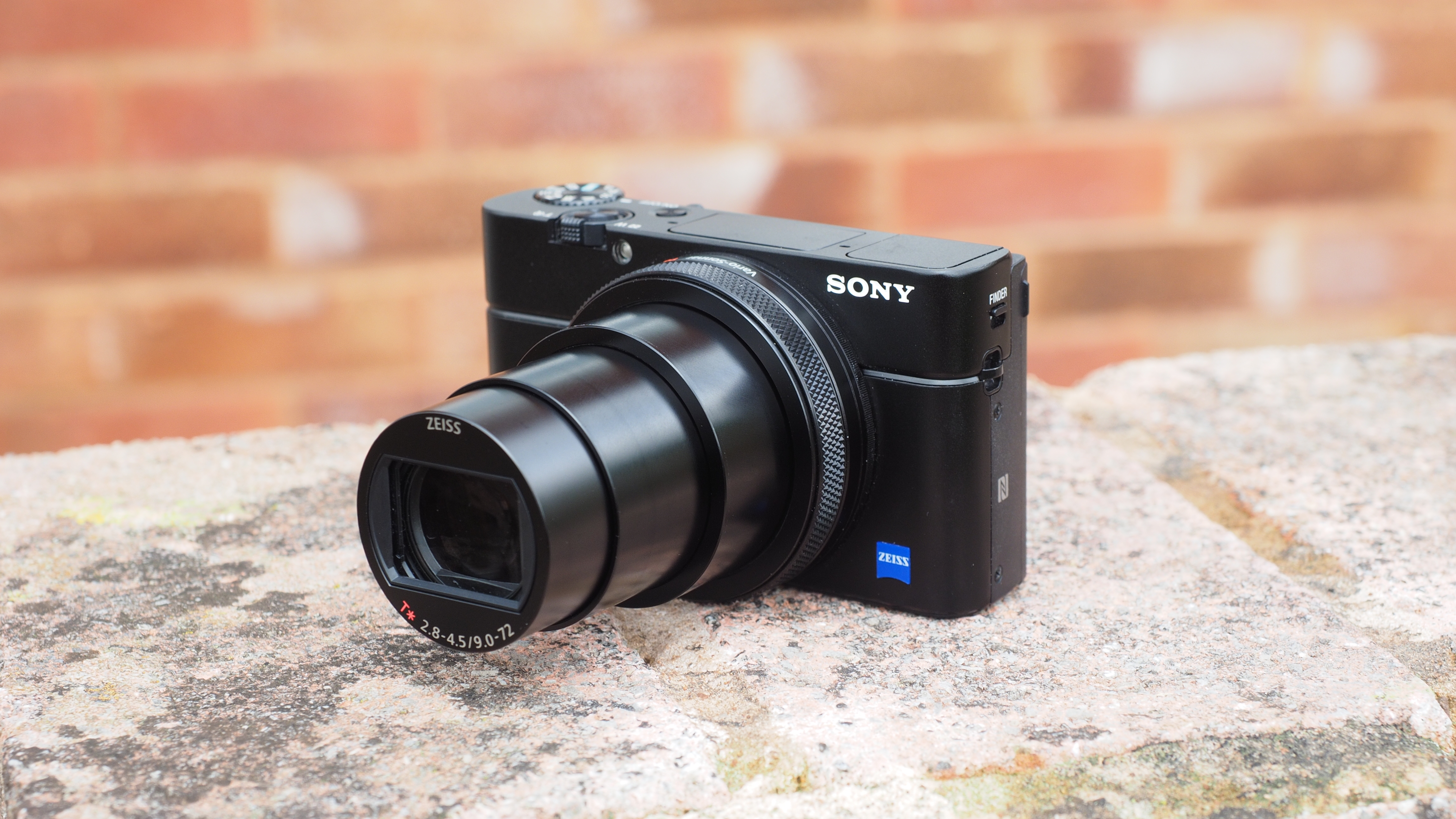
Although the smartphone in your pocket can do a lot of great things - including taking fantastic photos - if there’s one area where traditional cameras tend to fare better, it’s with their zoom capability.
There are plenty of reasons why a camera equipped with a long zoom lens is the ideal solution for you. Whether it’s for all-around flexibility when traveling or you just like to photograph a wide range of subjects, having the ability to zoom in (and out) from a scene always comes in handy. Shooting at longer focal lengths is helpful for portraits while being able to zoom even further is ideal for sports, wildlife, and other distant subjects.
Zoom cameras, with fixed built-in zooms, tend to be split into two broad categories. Traditional pocket-friendly point-and-shoot compact cameras are ideal for holidays and day trips. Meanwhile, bridge cameras are bigger and chunkier but have lengthier zooms, and handling that is reminiscent of DSLRs.
Most pocket-friendly zoom cameras have small sensors, but you can also find a few with larger one-inch type sensors that still offer a good degree of zoom. Bridge cameras also tend to have smaller sensors, but as an all-in-one solution to getting a long zoom, this is often worth the trade-off.
Our top picks
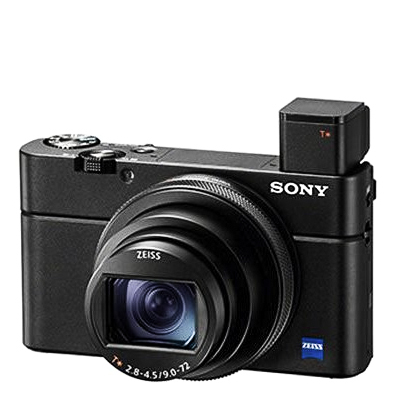
Best zoom camera overall
This is a luxury-priced compact camera that is our top recommendation as it combines a quality 1-inch sensor with an impressive 8x zoom in a very portable casing.
Read more
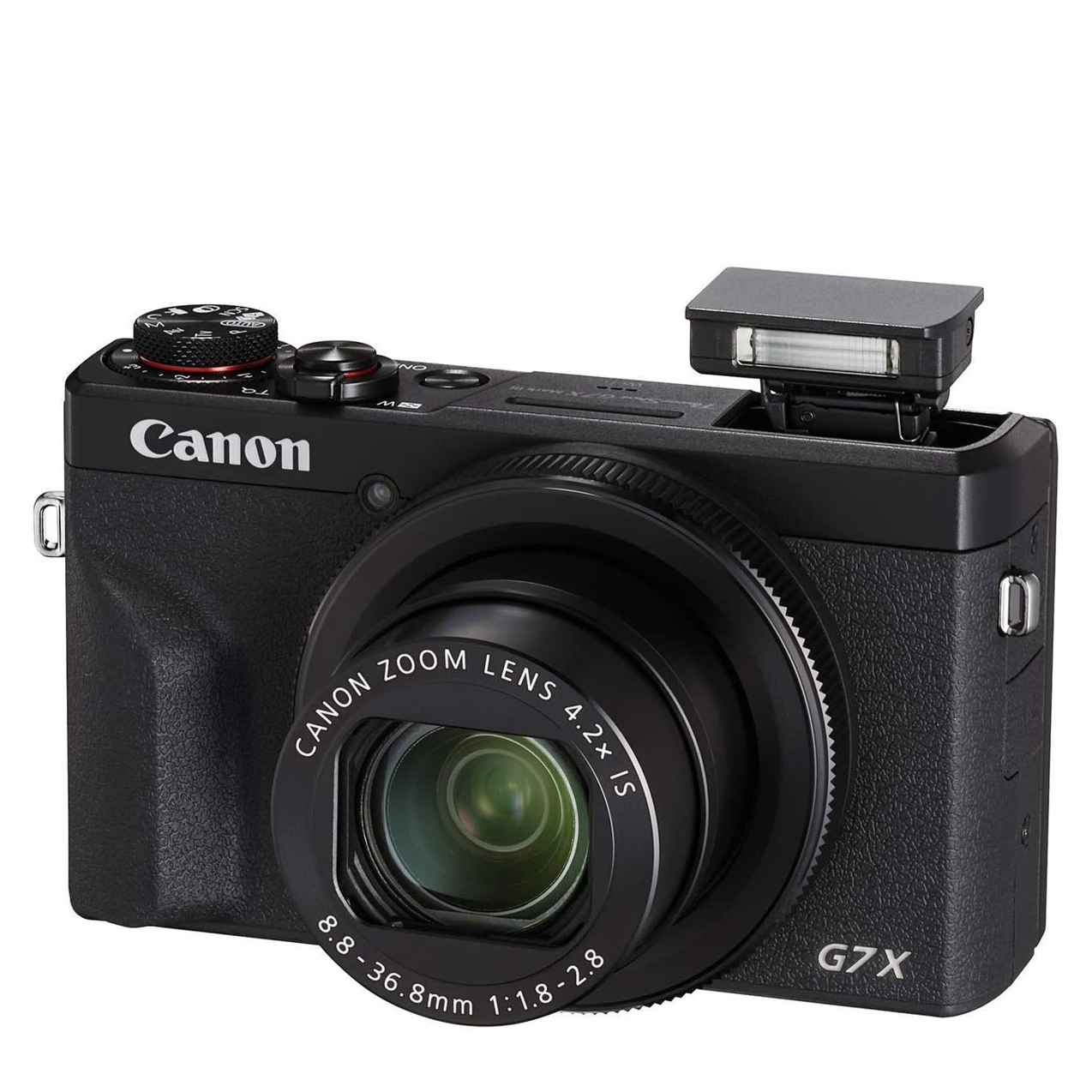
Best for beginners
This is a well-respected zoom camera that offers a 4.2x zoom that's equivalent to a 24-100mm, with a 1in type sensor.
Read more
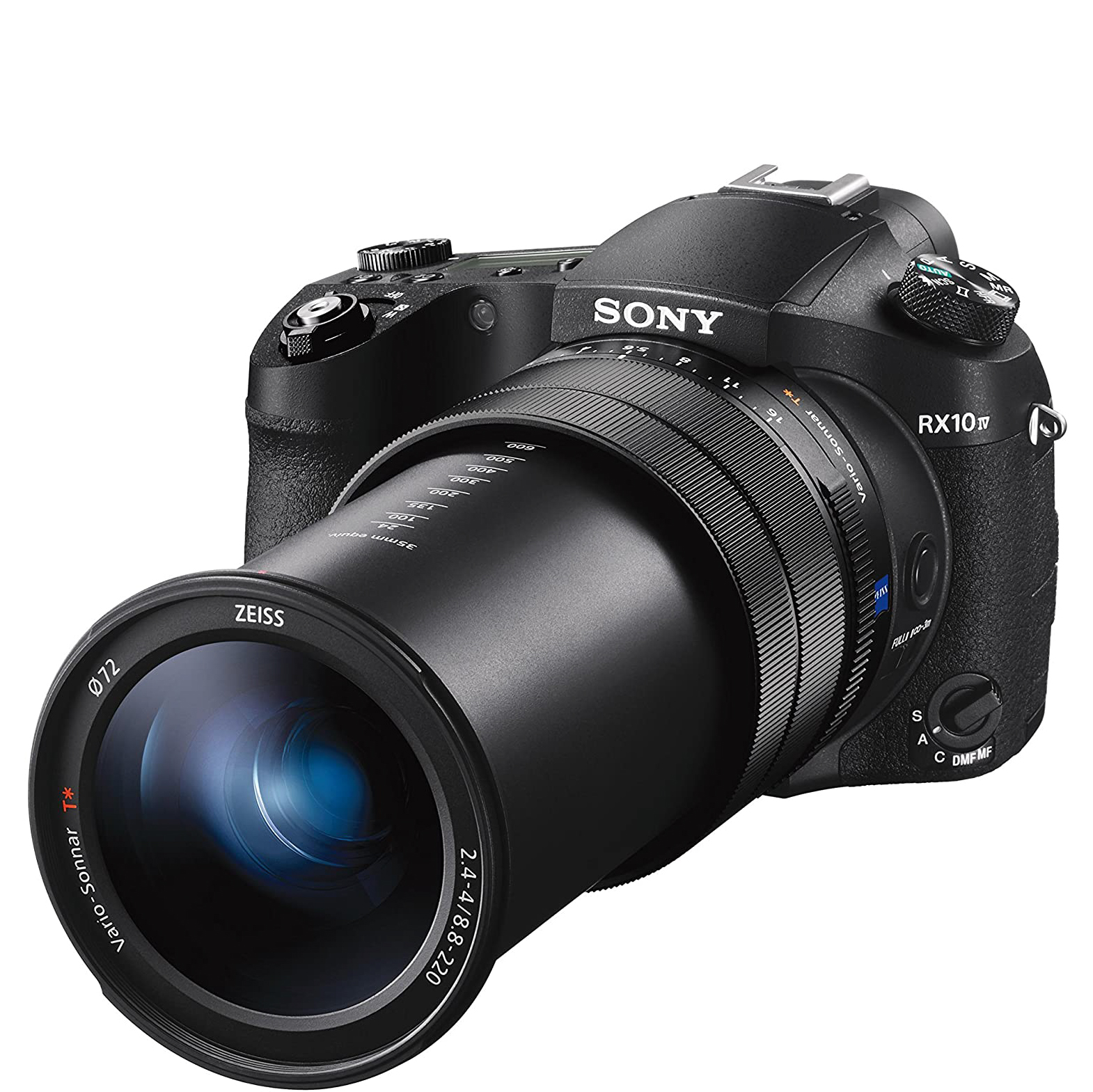
Best for wildlife
This premium bridge camera handles much like a DSLR, but boasts a spectacular 24-600mm zoom range that is ideal for bird photography or for use on safari.
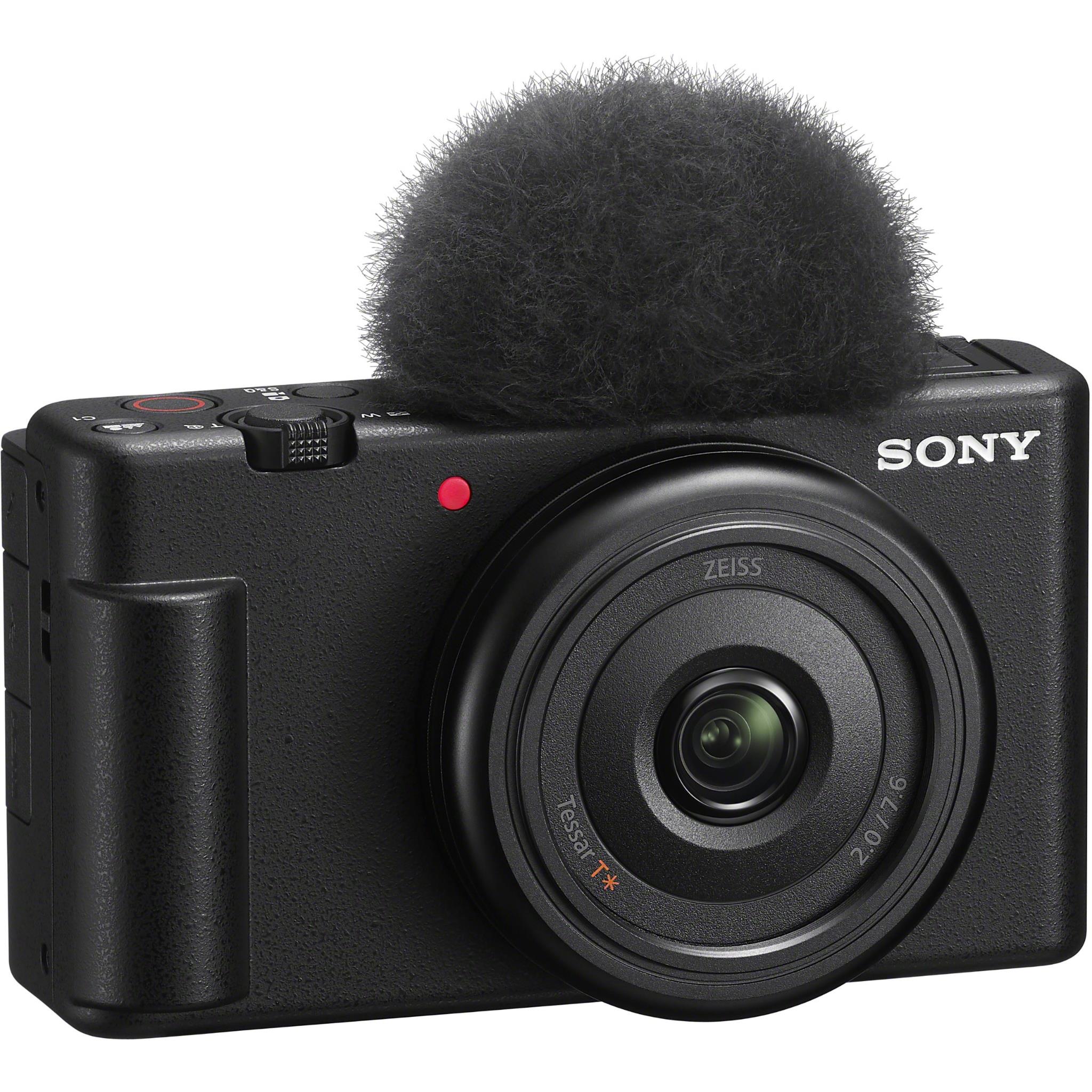
Best for vlogging
YouTubers and TikTokers don't need a zoom lens - but having one makes it much easier to frame yourself tightly on the flip-out LCD screen of this camera that's been designed for content creators.
Read more

Best waterproof
This compact is at home on land and water. Designed to take the knocks it can dive to depths of 15m - but also comes with a very competent 4x zoom and superb close-focusing capabilities.
Read more
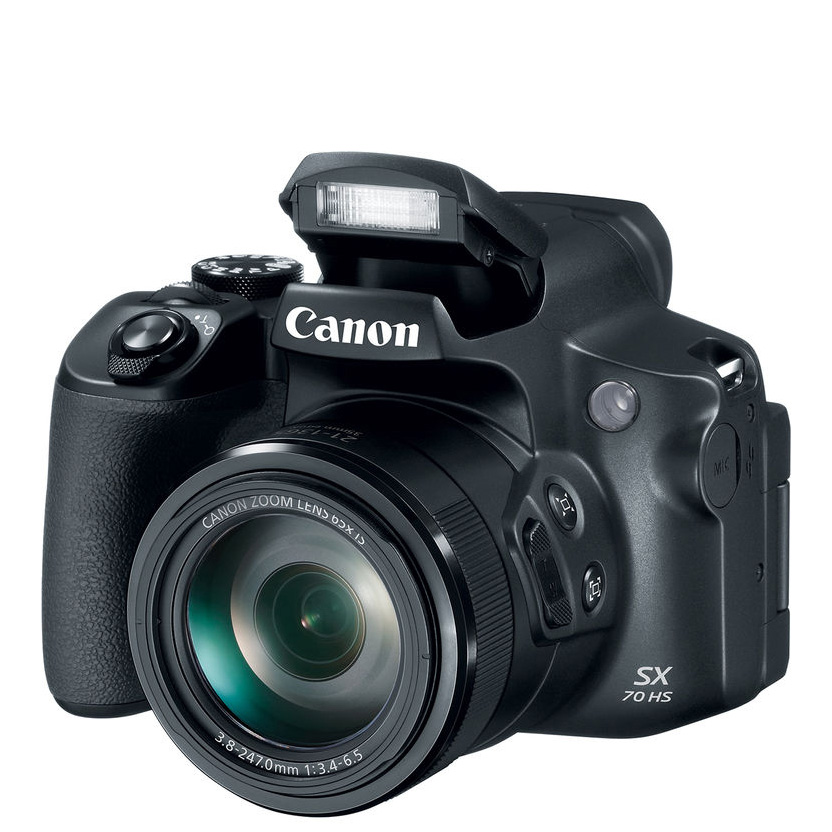
Best value superzoom
This big-zoom bridge camera gives a great compromise between price and performance. It packs an impressive 63x zoom range - and has the useful combination of an electronic eyelevel viewfinder and a swing-out LCD panel.
Read more
Best zoom camera
Why you can trust Digital Camera World
Best overall
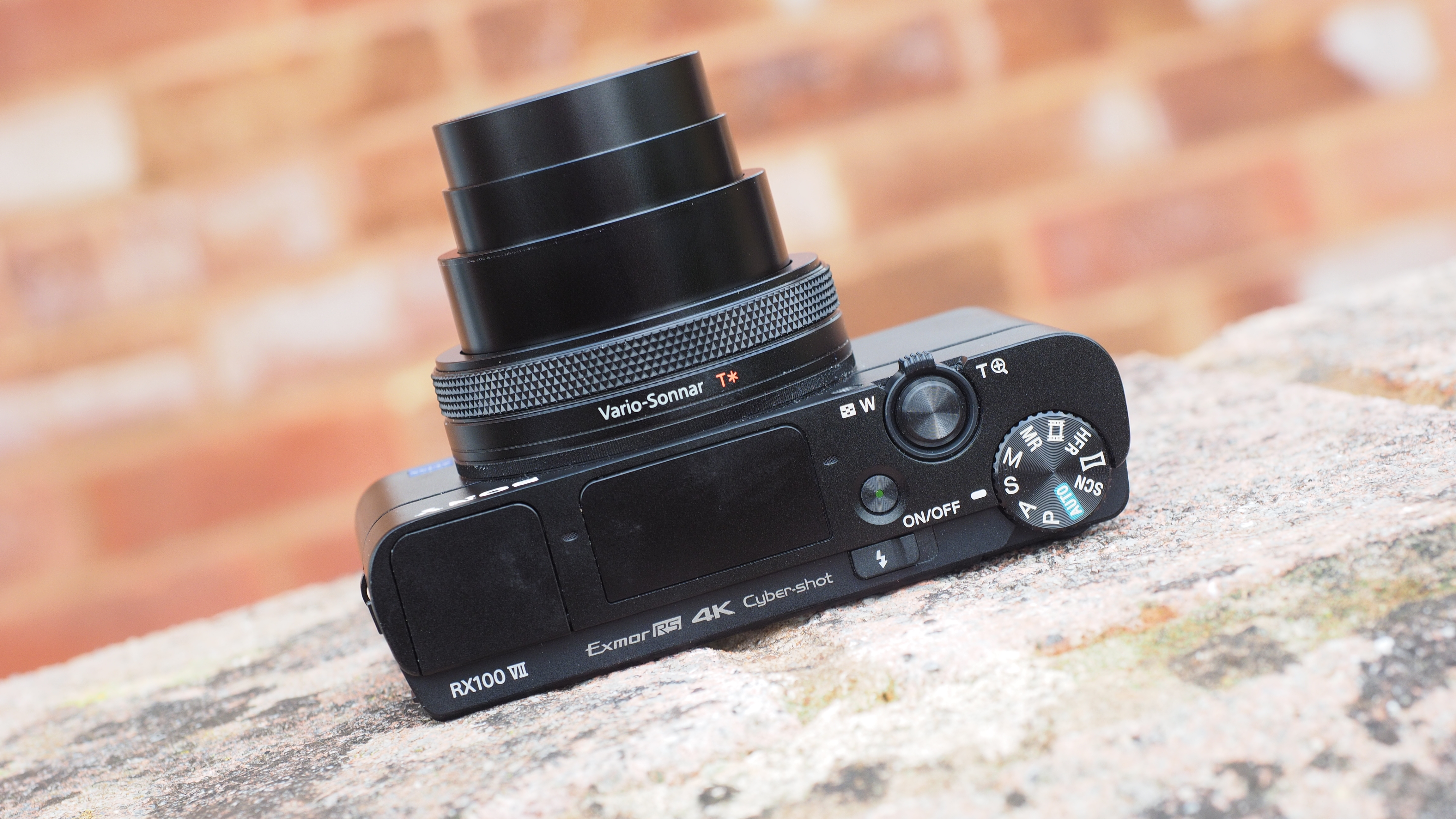
Specifications
Reasons to buy
Reasons to avoid
When it comes to the king of the all-rounders, a camera that is adept at pretty much anything you’d care to throw at it, the Sony RX100 VII is the one. But, the one for which you’ll pay a huge premium for.
With its 8x zoom, it’s fairly flexible (though if zoom is your main concern, there are others that are better here), but it’s the fact that it can shoot at super-fast burst speeds, has a retracting EVF, a well-featured touchscreen and a high-performing one-inch sensor - and does all of that while fitting in your pocket that sees it sit at the top of our list.
If you want something which will fit more neatly into your budget, keep looking down our list.
See our full Sony RX100 VII review.
Best for beginners

Specifications
Reasons to buy
Reasons to avoid
This is a neat, rectangular design of a compact - that follows in a long-line of PowerShot G-series compacts. What we like about this model is that it offers a good balance between size, image quality and zoom range. The zoom is not as great as some rivals - but for this you get a 1in-type sensor that offers more quality than many zoom cameras.
One of the reasons that the G7 X Mark III became popular, is that it was one of the earliest cameras to offer a flip-up screen that rotates through 180° to help vloggers and selfie-shooters. Video is captured at 4K, which stills can be fired off at up to 30 frames per second. In our field tests we found that the image quality was very good, with a nice level of detail in our photos - although there was some slight fall-off in sharpness in the corners.
See our full Canon PowerShot G7 X Mark III review
Best for wildlife

Specifications
Reasons to buy
Reasons to avoid
If you’re looking for a zoom camera for wildlife or other moving subjects, the Sony Cyber-shot RX10 IV is a superb choice, and certainly the best of its kind on the market. Not only do you get a very flexible 25x zoom (giving you an equivalent of 600mm at the telephoto end), but you get fantastic image quality throughout the zoom range.
You also get superb AF tracking for moving subjects, and fast burst shooting to keep up with those elusive subjects. With its large one-inch sensor and maximum wide aperture - even at the telephoto end - the RX10 IV is no slouch when it comes to low light shooting either.
Of course there is a price to pay for such excellence, with the RX10 IV being one of the priciest models on the market, but considering the equivalent spend you’d need to make for comparable DSLR optics, it could arguably be viewed as a bit of a bargain.
See our full Sony RX10 IV review.
Best for vloggers
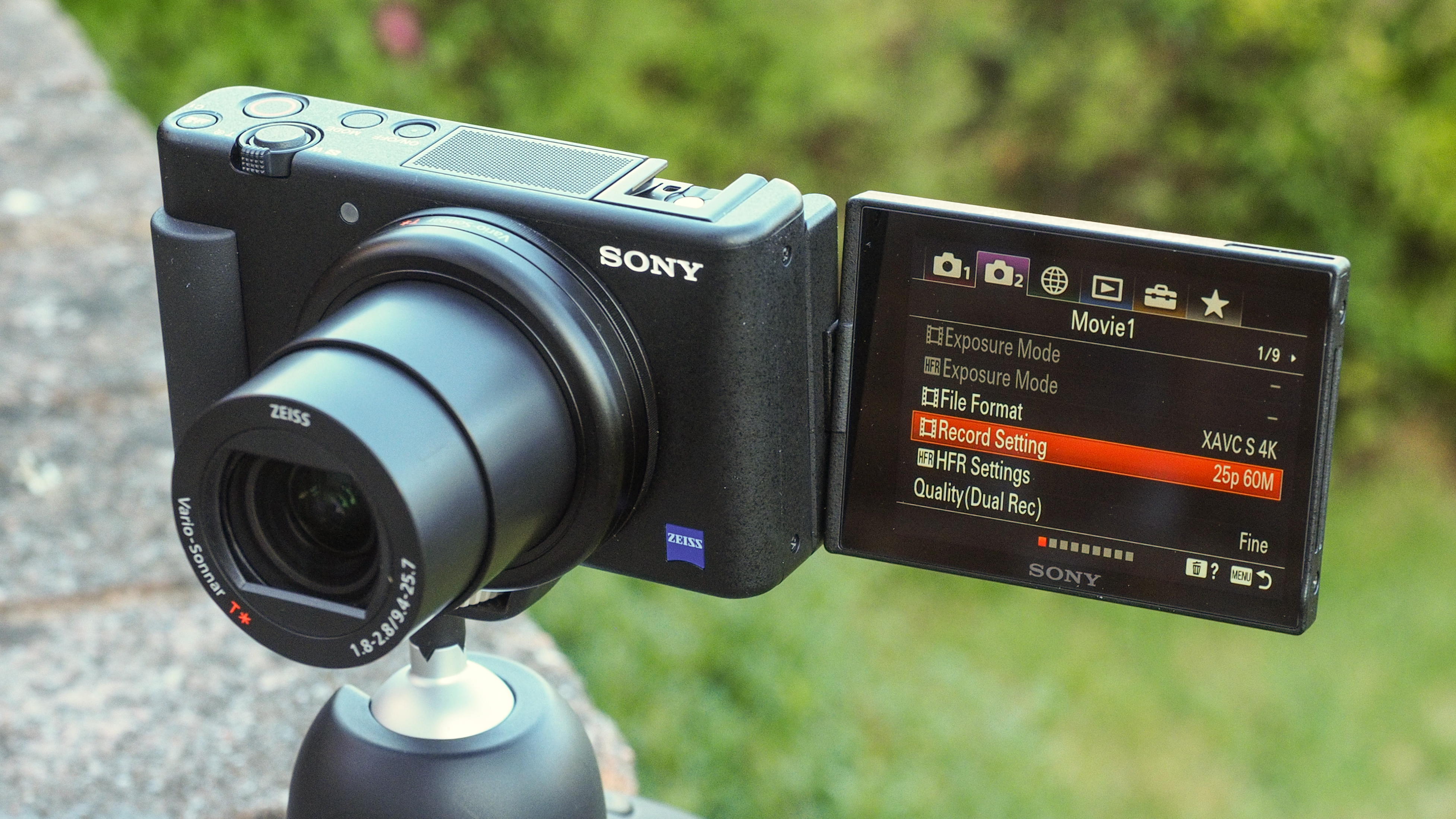
Specifications
Reasons to buy
Reasons to avoid
Aimed at vloggers, the Sony ZV-1 is designed for content creators that need to shoot videos of themselves. As such the zoom is a modest 24-70mm affair with a variable aperture of f/1.8 - f/2.8. However, there is a big change in minimum focusing distance as you zoom which is annoying especially if you're using it to record video.
The SteadyShot active stabilization wasn't the best however the autofocus is very impressive. It has a vari-angle, a rear tilting screen that means it's perfect for recording yourself a mic-wind shield which means its audio quality even with the built-in mic is still pretty good. Unlike the Sony RX100 compact cameras, it doesn't have a viewfinder, but it produces high-quality images, is even better at video, and, best of all, it'll cost you less.
As an alternative, Sony has brought out the newer Sony ZV-1 II. This is essentially the same as the original, but has a 18-50mm zoom that offers wider framing for vloggers. However, we are recommending the cheaper ZV-1 here for its longer zoom reach.
Read our full Sony ZV-1 review
Best waterproof zoom camera
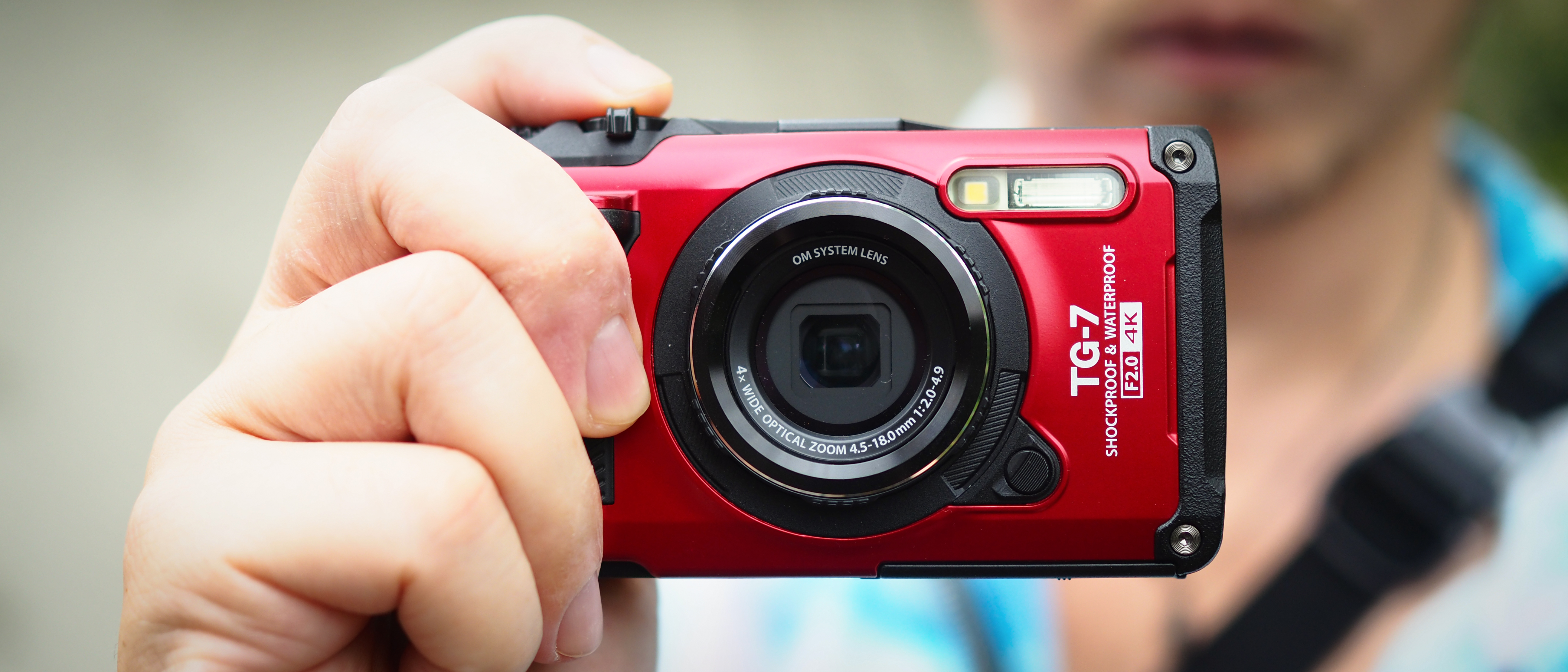
Specifications
Reasons to buy
Reasons to avoid
The TG-7 is the latest in a series of shockproof, and fully waterproof cameras in the Tough range - originally produced by Olympus, and now marketed under the OM System brand. Its appeal is that you can use this on the beach, in extreme weather, on a boat, or even when snorkeling and not worry. But it is not just about the commando credentials, we love built-in microscope setting that allows you to take amazing close-ups - and that it records GPS coordinates and temperature with your photos.
Its 12 megapixel sensor can shoot 4K video, but can usefully capture Full HD video at 120fps for super-slow-motion - with a modest 12MP stills capability. The TG-7 has a modest 25-100mm optical zoom - butt that is actually very good compared to other fully waterproof compacts. In our field tests we found the Tough easy-to-use but sophisticated, is quite simply the best waterproof camera around.
Read our full OM System Tough TG-7 review
Best value superzoom
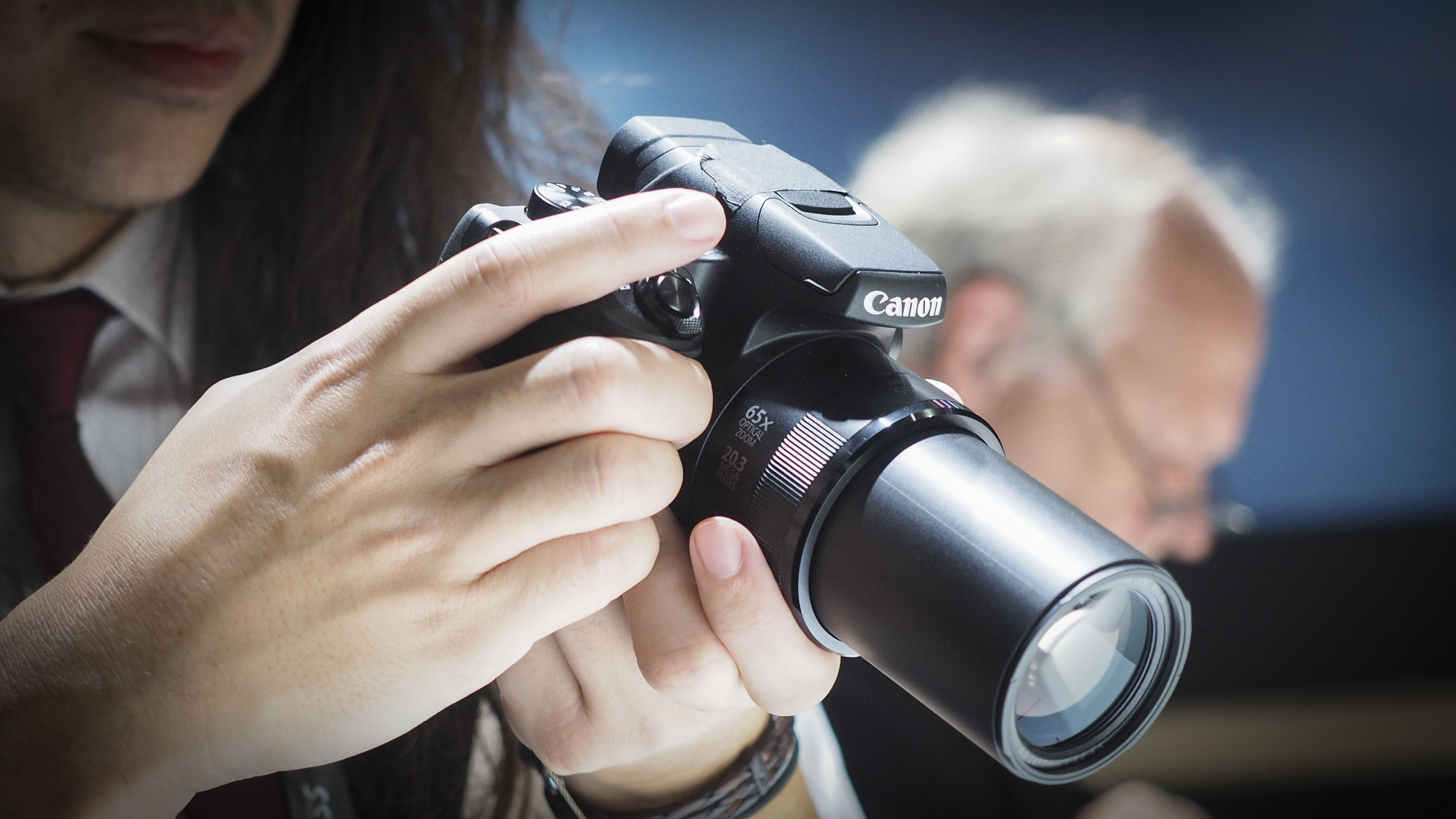
Specifications
Reasons to buy
Reasons to avoid
If you’re looking for a well-rounded bridge camera that offers a good range of functions - and has that all-important ultra-long zoom, then the Canon SX70 is a good option.
At 65x, it’s one of the longest on the market (without verging into the ridiculous territory of the Nikon P1000, see below), giving you good scope to shoot pretty much every subject imaginable.
We found it very least to handle (you will feel familiar with it if you’re used to using other Canon cameras). There's usable enough EVF and fully articulating screen - but which is let down by the fact it’s not touch-sensitive. There’s a good range of shooting modes, plus the ability to shoot in raw format.
The trade-off here for the ultra-long zoom is a small sensor, meaning the SX70 doesn’t perform amazingly well in certain conditions - such as low light. But for a good value travel and holiday camera, we reckon it’s still well worth considering.
See our full Canon PowerShot SX70 HS review.
How to choose a zoom camera
Zoom range
When it comes to choosing a zoom camera, think about exactly how much zoom you actually need. You’ll probably want at least an 8-10x zoom, but some of those in our list here offer 20 or 30x, with one even offering a staggering 125x (enough power to shoot close-ups of the moon!).
Thinking about equivalent focal lengths, if zoom is your main concern you’ll generally be looking for something which goes beyond the standard 24-70mm type range, so pay attention to that in the specs list. Also think about the wide-angle end of the lens, especially if you’re looking for something to fulfill a range of needs or is ideal as an all-rounder for subjects such as travel. That could even mean you look out for something wider than 24mm for extended flexibility.
Sensor size
As a general rule, the bigger the sensor the better the image quality. Zoom compacts typically have a 1-in type sensor, or a 1/2.3in sensor. The 1in sensor measures 13.2 x 8.8mm - around four times the size of 1/2.3in one (which measures 6.17 x 4.56mm). The bigger the sensor, though, the bigger the lens needs to be - so cameras with 1in sensors tend to have smaller zooms than those with the smaller imaging chip.
How we test zoom camera
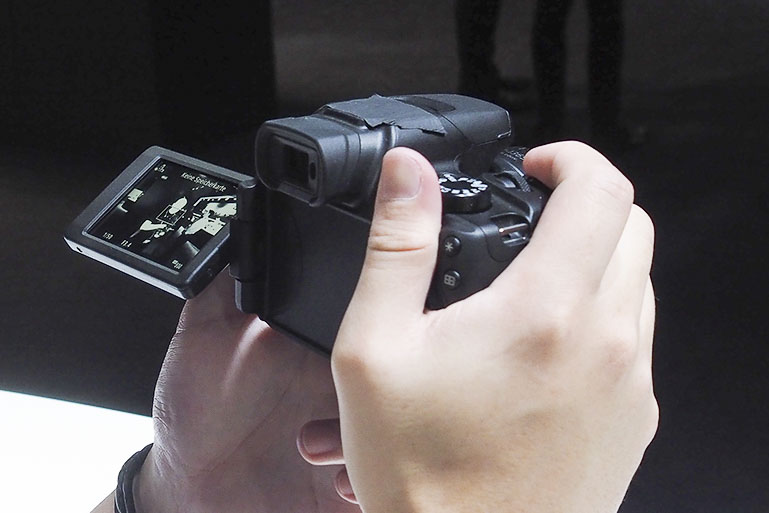
Our team of in-house and external reviewers have tested hundreds of zoom cameras over the years, and we use their experience to pick the best available in the market today for this guide. We test compact cameras and bridge cameras in real world conditions - seeing how they handle shooting a variety of different lighting conditions and shooting scenarios, and then comparing their results to those we have taken with similar cameras. With zoom cameras, handling is just as important as out-and-out image quality - so we pay particular attention to ease-of-use and ergonomics in our tests.
Read more about how we test products at DCW
Read more:
Best travel camera
The best point-and-shoot cameras
Best cameras for hiking
Best cameras under $200
Best cameras under $500
Best cameras for beginners
Best compact cameras
Best mirrorless cameras
Get the Digital Camera World Newsletter
The best camera deals, reviews, product advice, and unmissable photography news, direct to your inbox!
Amy Davies has been writing about photography since 2009, and used to be a colleague on Digital Camera magazine and Techradar.com. She now works as a freelance journalist writing for nclude Amateur Photographer, Stuff, Wired, T3, Digital Photographer, Digital Camera World, TechRadar, Trusted Reviews, ePhotozine and Photography Blog. She has an undergraduate degree in journalism and a postgraduate diploma in magazine journalism, both from Cardiff Journalism School.

